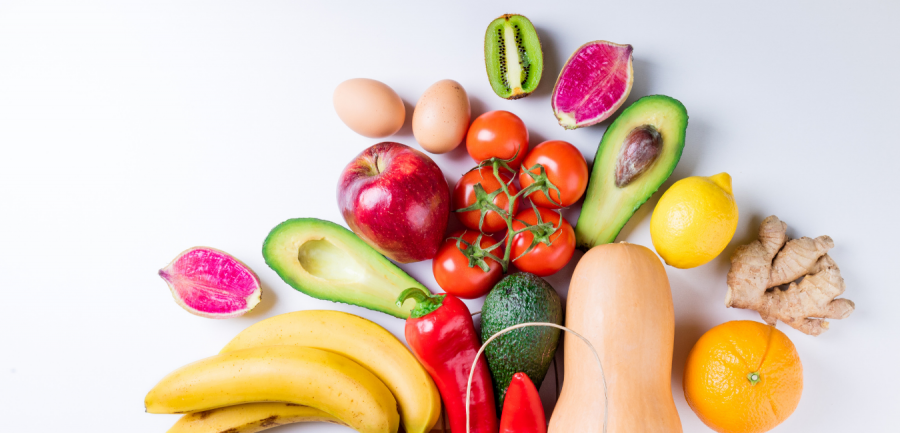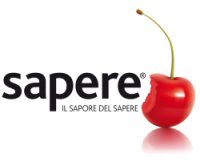F2F: NUTRITION AS PREVENTION
Why the EU must also think about food policy
By Fiorello Cortiana
The Coronavirus delayed the launch of the European Union’s new food policy by two months: it was worth it. F2F, the Farm 2 Fork strategy, which we could translate as “from the field to the plate”, has a central function in the ten chapters of the Growth Strategy for Europe, the European Green Deal, presented by the European Commission led by Ursula von der Leyen, with 40% of the EU budget to be dedicated to climate action. The F2F strategy is a key element of the EU’s new food policy.

A good sign in the “Super Year for Nature and Biodiversity”, according to the UN Secretary-General. 2020 is also the deadline for countries to set out their plans to meet the targets set in the 2015 Paris Climate Agreement.
F2F has the declared intention of promoting agroecology, the multifunctionality of the agri-food chain in full sustainability for health, the environment and local dignities. We are talking about a supply chain that today is responsible for one third of greenhouse gas (GHG) emissions, consumption of non-renewable natural resources, impact on public health with widespread over- and under-nutrition, and unfair remuneration for primary producers. Putting sustainability at the centre therefore means enabling new rights, new professional and entrepreneurial opportunities, and environmental and social qualification.
F2F intends to accelerate the transition towards a sustainable model for the agri-food supply chain, with neutral environmental impact or redevelopment, climate change mitigation and adaptation to its effects, reversing the biodiversity game, ensuring access to food that is sufficient, safe, not wasted, nutritious and sustainable. With guarantees for the remuneration and competitiveness of the European distribution sector and fair trade, and with a benefit for all actors: researchers, producers, distributors, consumers. Generational change, landscape, biodiversity, healthiness, dignity and fair pay for work, climate action, the liveability of rural areas, energy quality and supply chain guarantees will also be the basis for the strategy of the next Common Agricultural Policy.
The relationship between F2F and CAP is ambitious. Fair remuneration and affordable end prices mean: accountability and transparency in the value chain along the supply chain avoiding possibilities for equivocal interpretations, useful to comply with the form without changing either the process or the product but reducing the effectiveness in implementing the directive.
The European Commission proposes to support this transition through the common agricultural and fisheries policies of regulation and non-regulation. With important innovations accompanied by obvious contradictions, in fishing, for example, 30% of aid will go to the mechanical industry to reduce emissions from the engines of European fishing vessels. Nothing, however, for the protection and regeneration of fish stocks, which are threatened and reduced every year by catch quotas that are disproportionate to biological regeneration times.
European support also means advisory activities, financial instruments, research and innovation. In the agri-food sector, it will therefore be necessary to recognise the necessary support for the transition to organic farming, both of large estates and of small farmers’ plots. This means recognising and enabling the exercise of agro-ecological functions, with the implications for environmental and landscape restoration and protection, as well as for public health.
Just think of the impacts of the cocktail between pesticides in the fields and antibiotics in livestock, with the consequent spread of resistance to the latter in the population. For this reason, the Commission will propose a specific legislative framework to support the implementation of a sustainable food policy. Here it will be important for innovation to be based on the precautionary principle, which means that the development of capillary interventions is also important, both in terms of spraying and mechanical action, in order to weed without upsetting the balance and without encouraging the liberalisation of GMOs.
To support the global dimension of the sustainable transition of the agri-food system, the European Union will also activate its trade policies and international cooperation instruments. Here, action to control and repress fraud is accompanied by transparency of product labels: food quality, environmental quality, dignity of labour. Within a global action for sustainability, this means guarantees of transparency and quality also for international supply chains, from child and slave labour, to the use of GMO seeds, rather than deforestation for intensive/extensive farming.
The above immediately relates to urban areas and the quality of life of their inhabitants. Milan is second only to Rome as an agricultural city, while as a Metropolitan City it holds the absolute record, presided over by the most significant agricultural belt park in Europe. In this context, the issue of biodiversity conservation in Milan is not out of place. It has two crucial functions in terms of environmental quality: a conservationist function, both for the protection of animal and plant species and for the landscape, thanks to the Parco Agricolo Sud Milano. A cultural function, so that citizens are aware of the necessary alliance between the biological and anthropological spheres, in the mind-body-nature relationship. This is where there is a relationship of enjoyment and knowledge of this extraordinary nature reserve with its cultural and cultivation resources.
Because of the critical nature of its environmental condition, from soil consumption and the consequent sealing to atmospheric emissions and the widespread respiratory diseases of its inhabitants, it makes sense to raise the issue of biodiversity conservation in the Milanese urban area. Particularly where regional biodiversity conservation policies have neglected the urban environment. This is a potentially fatal mistake, since cities play a priority role among ecosystems due to the number of people living in them, and because the United Nations predicts that by mid-century 70% of the world’s population will live in urban areas.
Instead of fatally witnessing this drift, it is instead a matter of reversing the direction of urban development over the last 150 years. Instead of penetrating the countryside along the main roads, we need to return to seeing the waterways of the Navigli and the agricultural fields that border the suburbs and the municipalities in the first belt of Milan as ecological corridors that enter the city and can rebalance and redefine it. After all, Cesano Boscone, a municipality on the outskirts of Milan in the Parco Sud, owes its name to the lowland oak woods that used to cover the plain, even if today few of the children in its schools know that there are fully functioning farmsteads just a few metres from their homes.
We have the need, which must become ambition, to transform urban nodes from an energy-intensive degeneration generating social marginalisation and waste, creating suburbs near and far, into a centre of new urbanism capable of redevelopment and regeneration, of sustainability and beauty.
The generation, connection and care of green spaces within the urban territory is a useful reserve of biodiversity, not least because green areas filter air pollution from transport, heating and industry; they produce oxygen, muffle noise and make even the least architecturally qualified urban landscape pleasant. The crux of the conflict for change is here, because this is where the common sense of collective action is generated, where local and national elected offices are produced.
How many people know that there are 300 “Natura 2000” sites in or near cities? Cultivating and proposing a vision capable of seeing the possible and desirable relationship between agricultural multifunctionality and urban areas is already the reason behind significant experiences of active citizenship: the gardeners of Piazza d’Armi, rather than the citizens who animate the Drop in Farini or, again in Farini, appeal to the Regional Administrative Court and the Council of State against the agreement to sell off a public asset such as the former railway yard, in an economy of knowledge – instead of the “factory city” and a qualitative territorial system one of the conditions of attractiveness and value generation.
WWF, Italia Nostra, Legambiente, of Lombardy, for the post Coronavirus have proposed a manifest so that “everything will not be as it was before”, to “restore a balanced relationship of reciprocity between the environment and man”, and therefore to “support a wide-ranging territorial maintenance project that places the quality of the Lombardy landscape as a major cultural infrastructure capable of becoming the driving force behind a far-sighted economic recovery” as a central element.
After all, the popular initiative law for the establishment of the Parco Agricolo Sud Milano was started by visionaries such as the grassroots group ‘Ecologia 15’ and the RAL of Lacchiarella.
Also published by: https://www.arcipelagomilano.org/archives/56151
